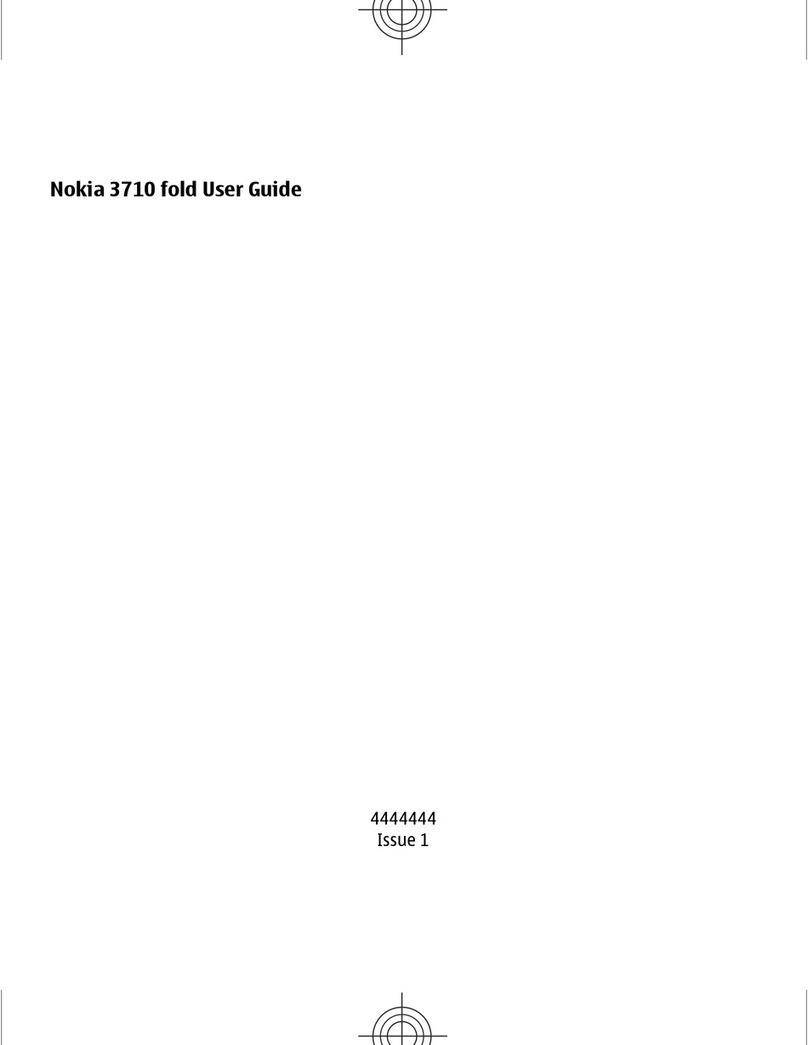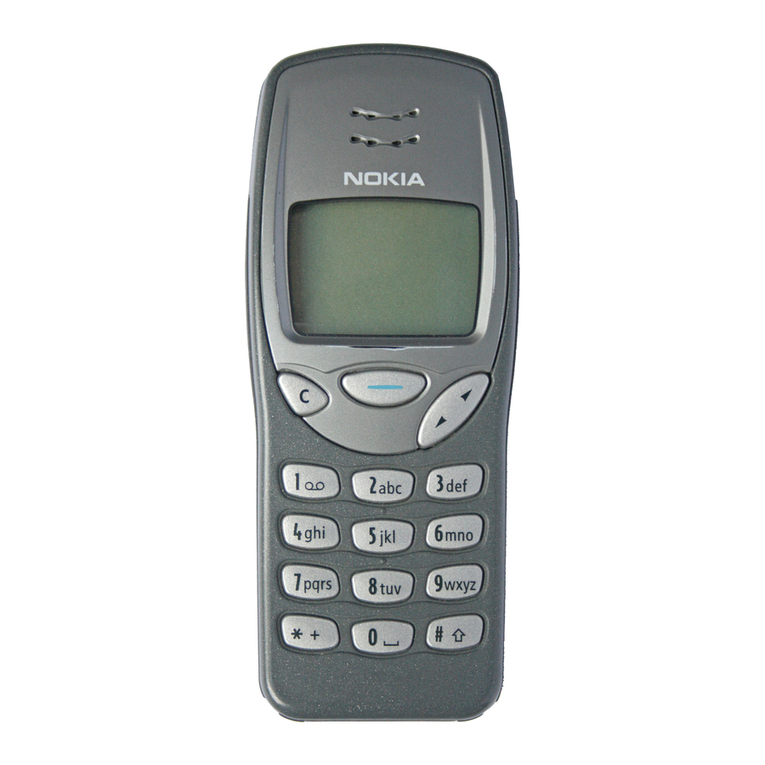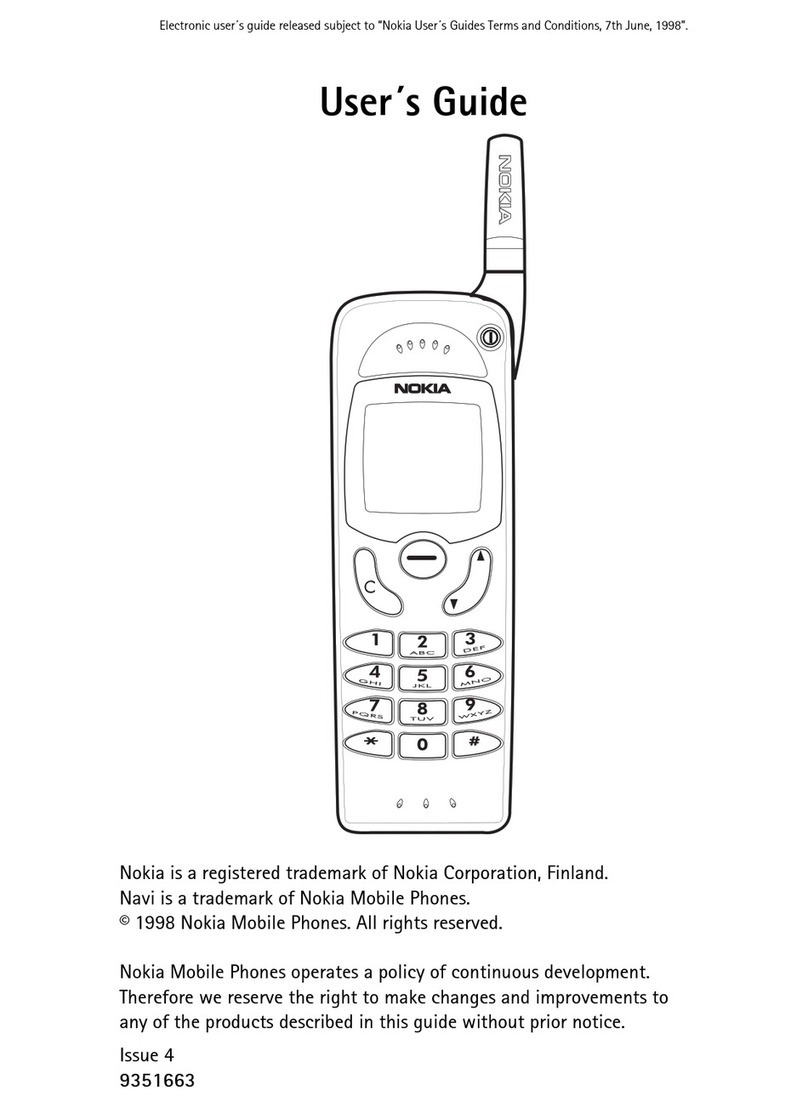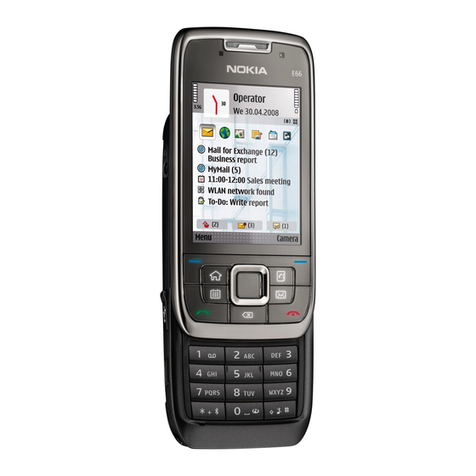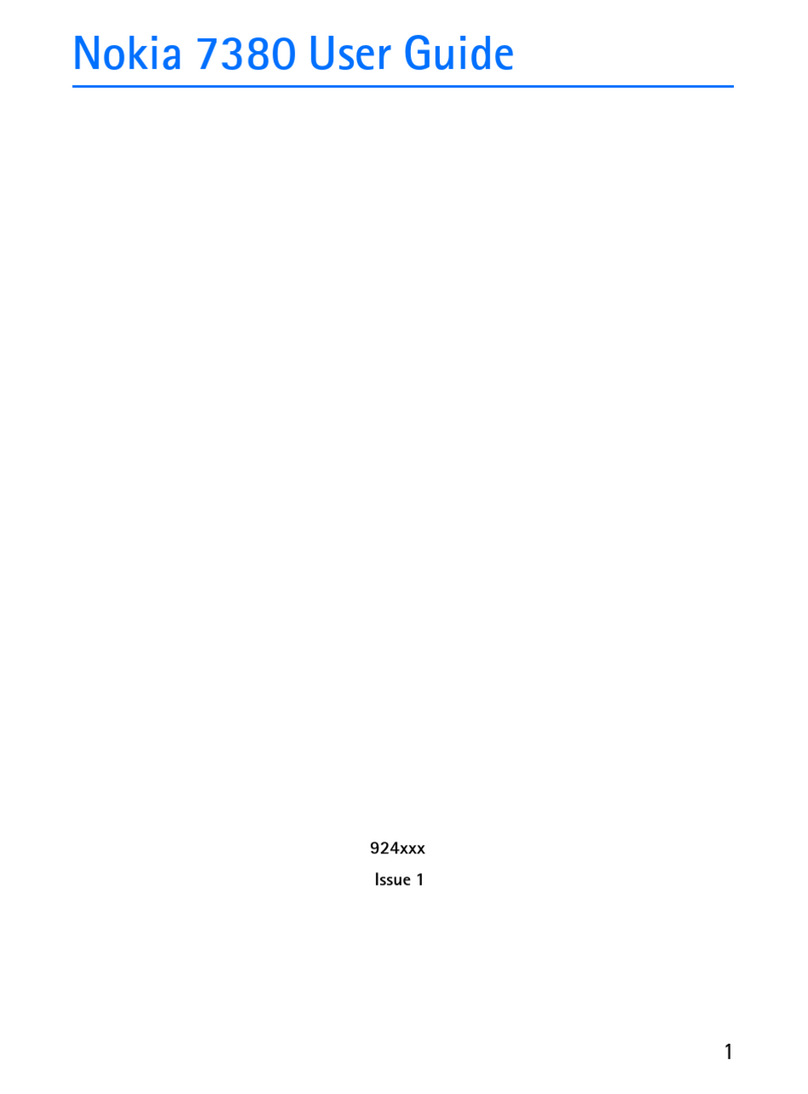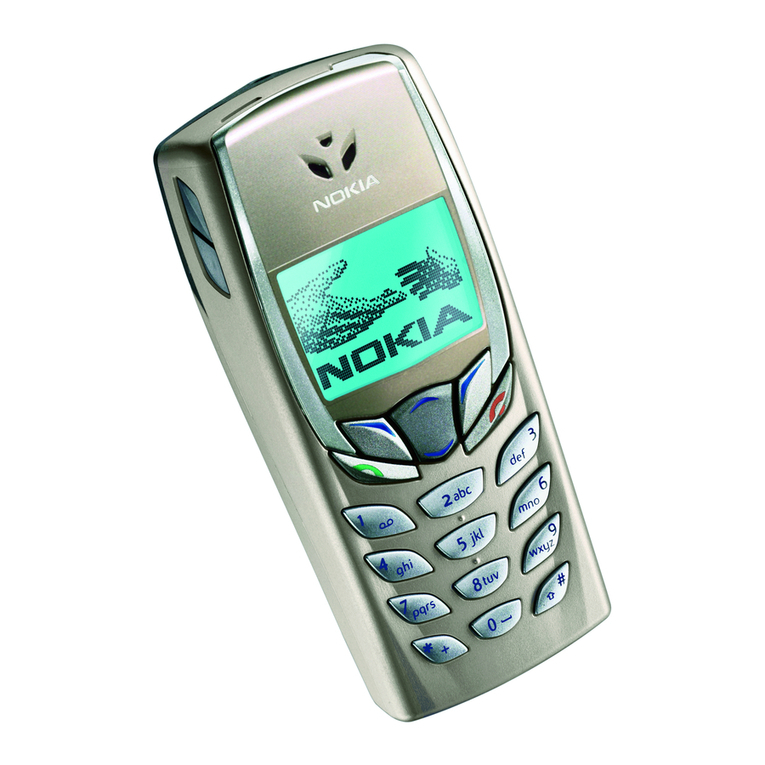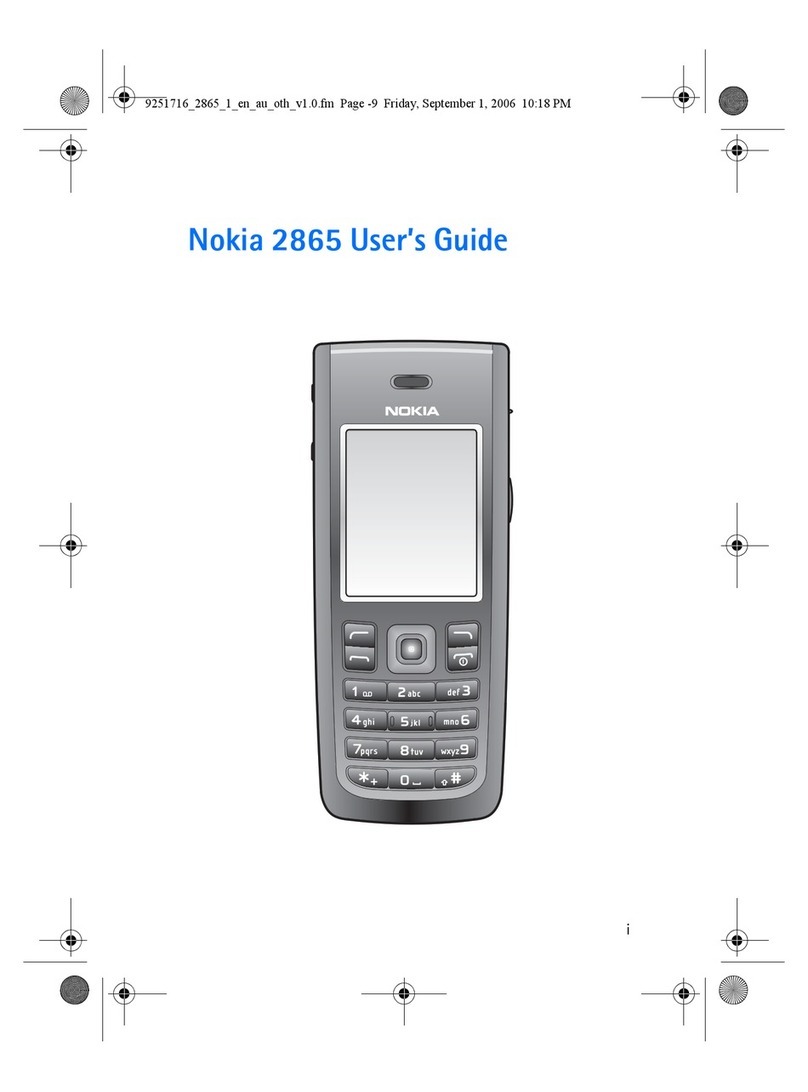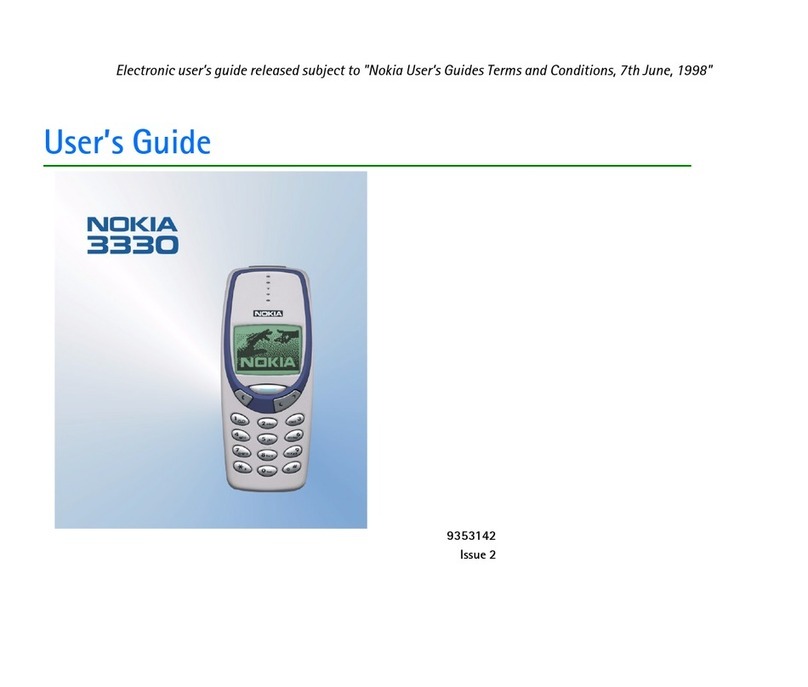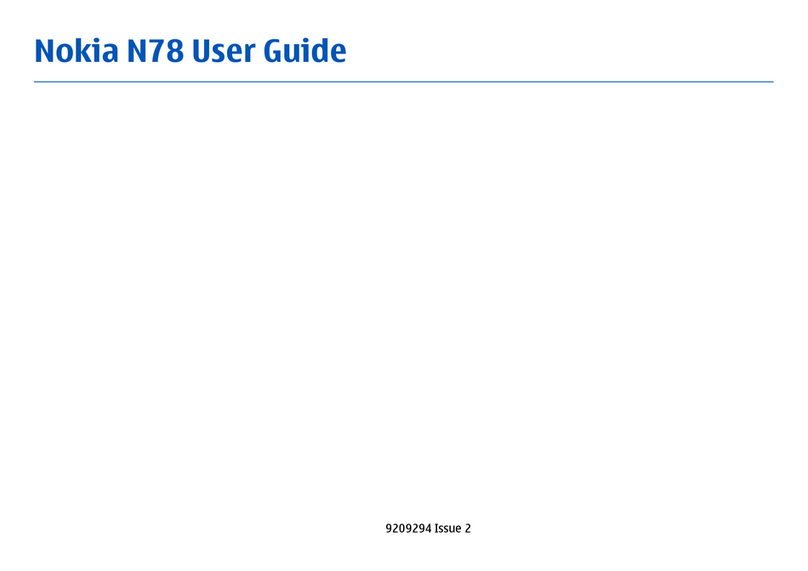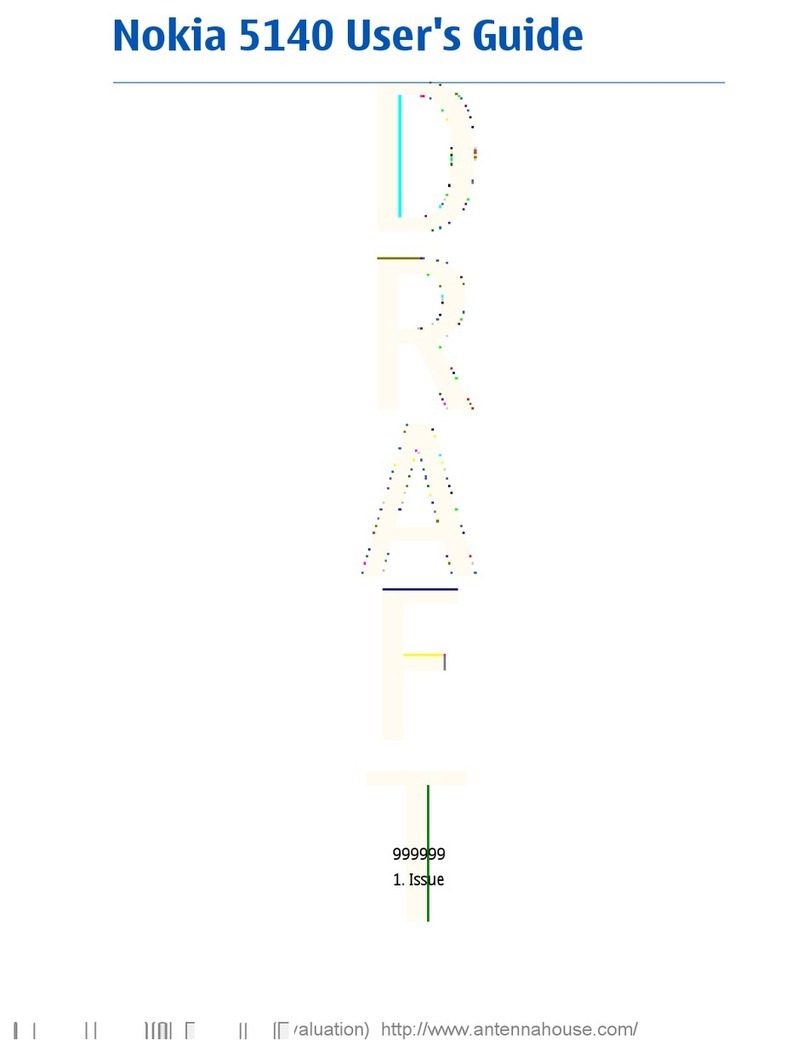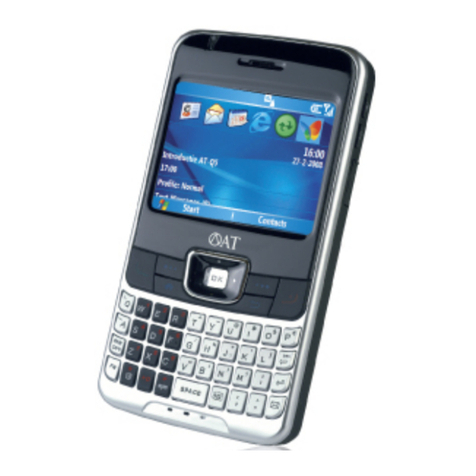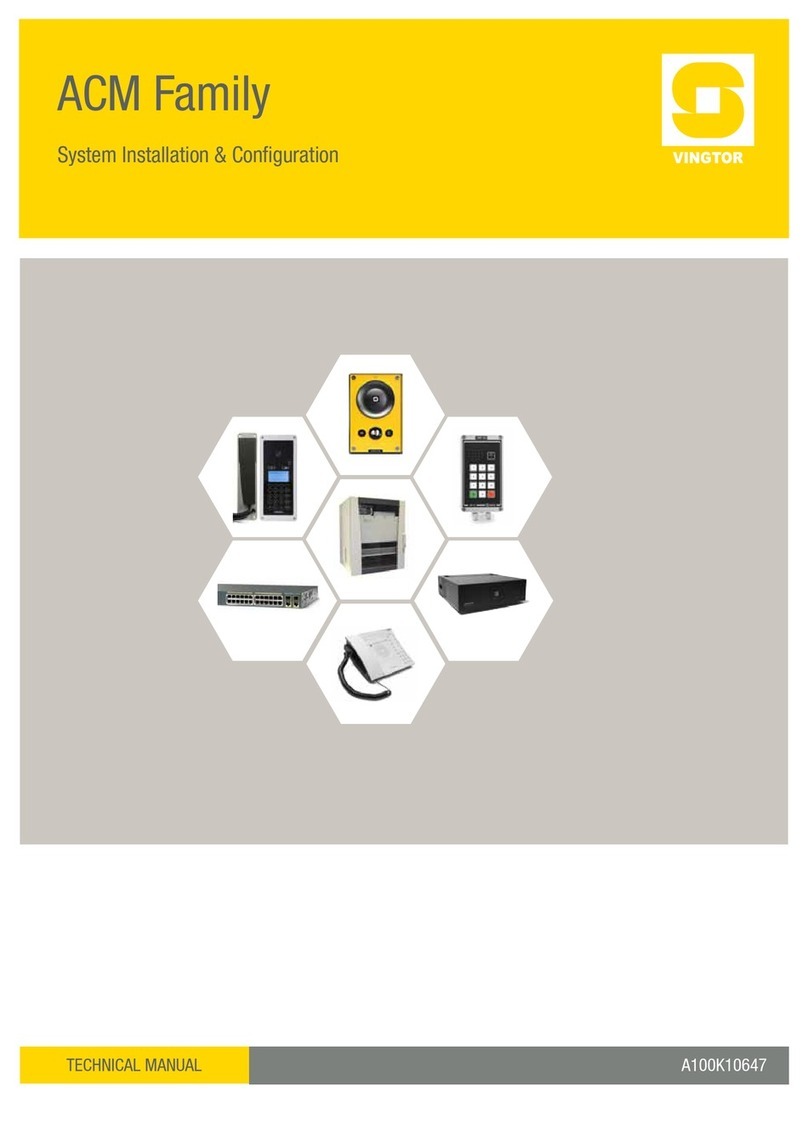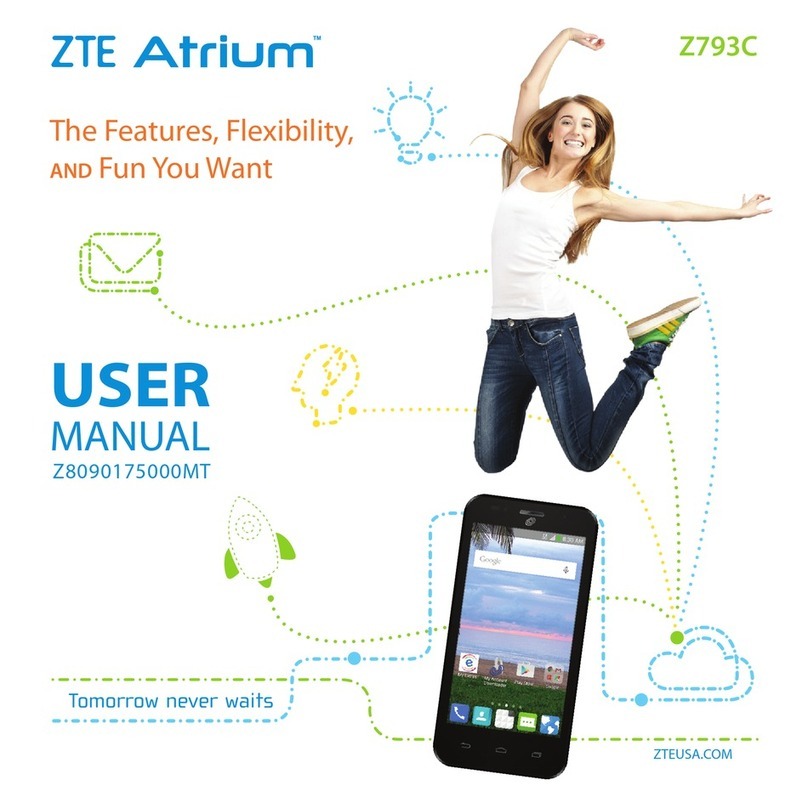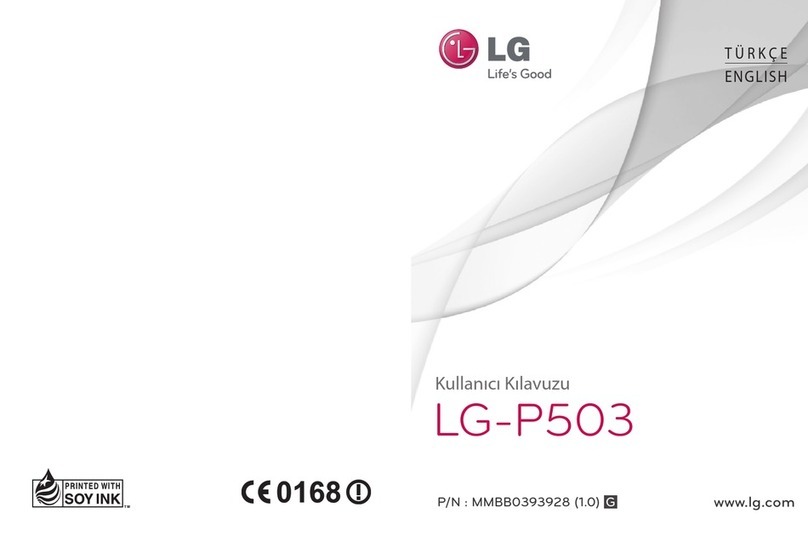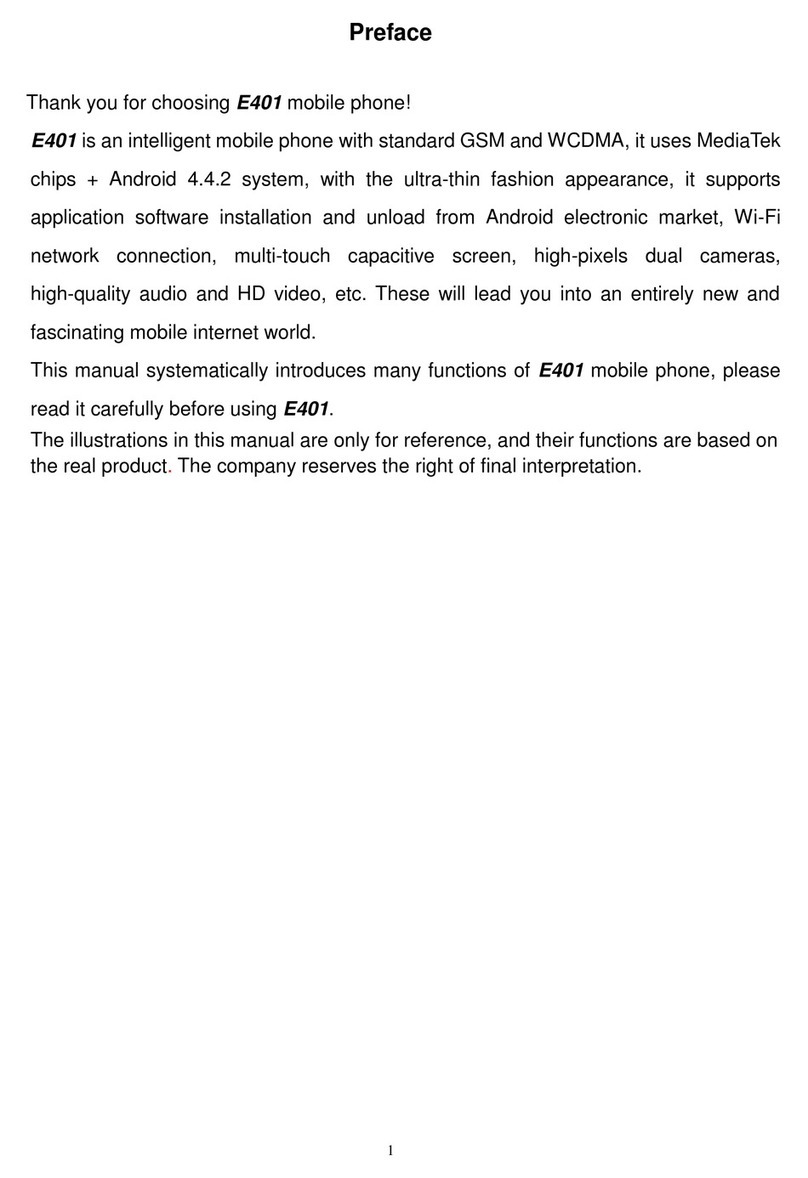
Issue 1 12/04 COMPANY CONFIDENTIAL 3
Copyright © 2004 Nokia. All Rights Reserved.
RAE-6/RA-4
7 - RF Description and Troubleshooting Nokia Customer Care
Table of Contents Page No
CMT RF................................................................................................................. 5
Top-level description.......................................................................................... 5
RAE-6 test point locations................................................................................. 6
Test points ......................................................................................................... 7
RF implementation in RAE-6/RA-4 .................................................................. 11
Frequency plan .............................................................................................. 11
RF block diagram ........................................................................................... 12
Antenna switch module (ASM) ....................................................................... 13
DC characteristics .......................................................................................... 13
RF characteristics ............................................................................................ 16
Channel numbers and frequencies ................................................................ 16
RF Troubleshooting.......................................................................................... 17
Receiver description and troubleshooting........................................................ 17
Rx front end ................................................................................................... 17
Antenna ......................................................................................................... 17
Receiver characteristics ................................................................................. 18
General instructions for Rx troubleshooting ................................................... 19
Transmitter description and troubleshooting.................................................... 27
Power amplifier .............................................................................................. 27
RF ASIC Honi ................................................................................................ 27
AFC function .................................................................................................. 28
Transmitter characteristics ............................................................................. 28
General instructions for Tx troubleshooting ................................................... 28
Additional information for EDGE troubleshooting ............................................ 35
Pictures of EDGE transmitter signals ............................................................. 39
Synthesizer description and troubleshooting................................................... 43
Frequency synthesizers ................................................................................. 43
General instructions for synthesizer troubleshooting ..................................... 43
Frequency Lists .............................................................................................. 48
RF tunings after repairs ................................................................................... 52
